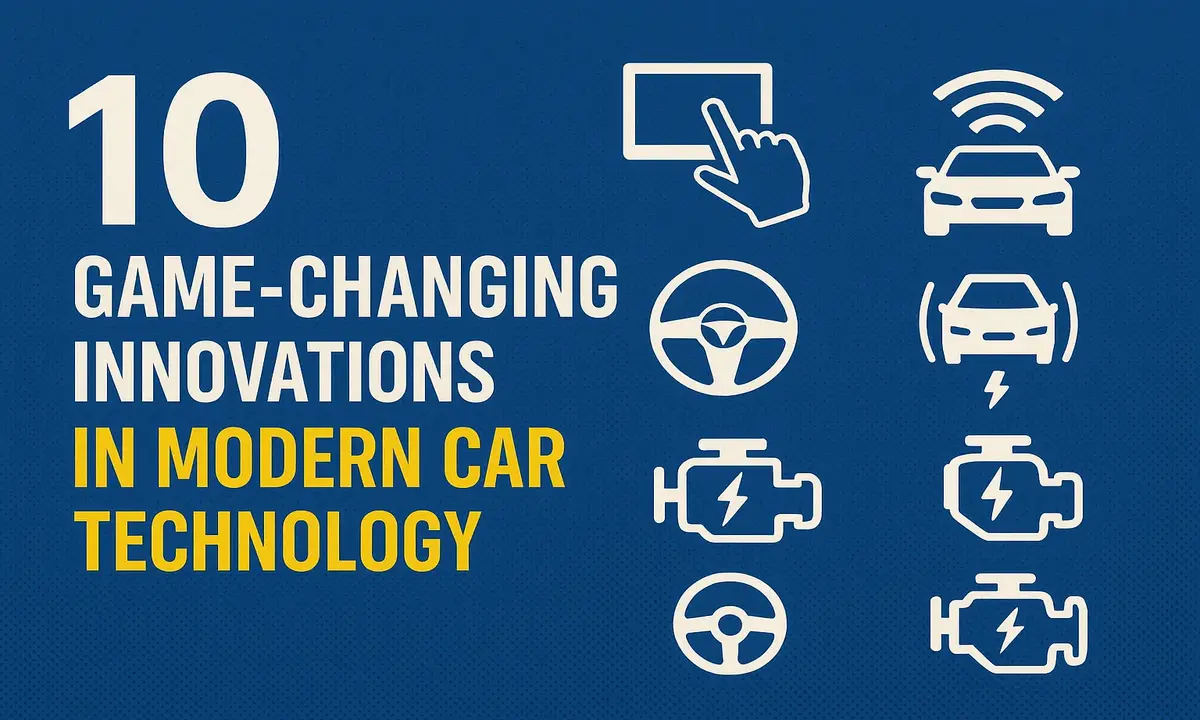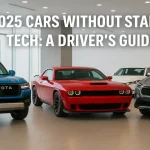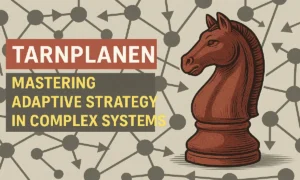Cars today are more than just a way to get around. They’re packed with cutting-edge technology that’s changing how we drive. From electric power to self-driving systems, the automotive world is evolving fast.
This article dives into 10 game-changing innovations in modern car technology, showcasing the advancements driving us into the future. These technologies are already in some cars and will soon be in many more.
Whether you’re a car enthusiast or just curious about what’s next, this article is for you. We’ll break down each innovation in simple terms, highlighting how it works and why it matters.
Get ready to discover the tech transforming our roads and redefining the driving experience.
1. Autonomous Driving Systems
Self-driving cars are becoming a reality. Companies like Tesla and Waymo use AI, cameras, and radar to let vehicles steer themselves. These systems handle braking, accelerating, and even complex turns.
They cut down on accidents caused by human mistakes. Tesla’s Full Self-Driving mode, for instance, tackles busy urban roads. Still, laws and tech need refining before full autonomy is everywhere.
2. Electric Vehicle Powertrains
Electric vehicles (EVs) are reshaping the car industry. Powered by batteries, they produce no tailpipe emissions. Models like the Rivian R1T or Hyundai Ioniq 5 boast ranges over 300 miles. New fast chargers juice up batteries in under 30 minutes.
Solid-state batteries, now in development, promise even better performance. EVs save money on fuel and help the planet.
3. Advanced Driver Assistance Systems (ADAS)
ADAS boosts safety with smart features. Think lane-keep assist, adaptive cruise control, or automatic braking. Sensors watch the road to prevent crashes. For example, blind-spot alerts warn of unseen cars.
Ford’s CoPilot360 and Toyota’s Safety Sense are top ADAS packages. They make driving less stressful, especially on highways.
Read More: Top 2025 Cars Without Start/Stop Tech: A Driver’s Guide
4. Vehicle-to-Everything (V2X) Communication
V2X lets cars share info with other vehicles and road systems. It sends real-time updates on traffic, hazards, or speed.
This can stop collisions or ease congestion. Imagine a car warning you of a sudden slowdown ahead. V2X also syncs with smart traffic lights. It’s still growing but could make roads much safer.
5. Augmented Reality Dashboards
Augmented reality (AR) dashboards project key info onto windshields. Drivers see speed, navigation, or alerts without looking down. BMW and Mercedes-Benz lead with AR systems that overlay directions on the road.
This cuts distractions and makes driving smoother. AR tech feels futuristic and is spreading to more cars.
6. Over-the-Air (OTA) Updates
Cars now update like phones. OTA software upgrades fix issues or add features remotely. Tesla uses OTA to boost battery range or improve self-driving.
No mechanic visits needed. This keeps cars current with minimal hassle. As cars rely more on software, OTA will be a must-have.
7. In-Car AI Assistants
AI assistants make cars smarter. They handle voice commands for calls, music, or directions. Hyundai’s AI learns your habits, like suggesting routes based on your routine.
These systems add convenience and personalization. Soon, they might even predict when your car needs a tune-up.
8. Hydrogen Fuel Cell Technology
Hydrogen fuel cells power cars with clean energy. They turn hydrogen into electricity, emitting only water. Toyota’s Mirai and Hyundai’s Nexo refuel in minutes, unlike EVs.
But hydrogen stations are scarce, slowing growth. As more stations appear, fuel cells could compete with electric cars.
Also Visit: Classic Cars with Modern Technology: The Best of Both Worlds
9. Smart Connectivity with Mobile Apps
Phones and cars now work as one. Apple CarPlay and Android Auto bring apps, texts, and maps to your dashboard. Remote apps lock doors or check battery levels from anywhere.
EV apps point to nearby chargers. This connectivity makes driving safer and more convenient.
10. Lightweight Materials and Design
Lighter cars go farther and use less fuel. Aluminum and carbon fiber cut weight without losing strength. Ford’s F-150 sheds pounds with aluminum, boosting efficiency.
EVs benefit most, as lighter bodies extend range. Smart designs balance performance and eco-friendliness.
Conclusion
Modern car technology is speeding toward an exciting future. These 10 innovations, from self-driving systems to lightweight designs, are making driving better in every way. They’re safer, more efficient, and kinder to the environment.
As these technologies grow, they’ll redefine what it means to hit the road. Stay tuned for more breakthroughs that will keep things thrilling.
FAQs
What are self-driving cars, and are they safe?
Self-driving cars use AI and sensors to navigate without a driver. They’re often safer than humans, cutting error-related crashes. But tech and laws still need work for full safety.
How do electric vehicles benefit the environment?
EVs have no tailpipe emissions, reducing air pollution. They can run on renewable energy, unlike gas cars, making them a greener choice.
What does ADAS do for drivers?
ADAS includes tools like lane assist and emergency braking. It uses sensors to prevent accidents and ease driver stress, especially on long drives.
How does V2X improve driving?
V2X shares real-time road data between cars and infrastructure. It warns of dangers or optimizes traffic, making roads safer and smoother.
Are hydrogen cars a good option now?
Hydrogen cars are eco-friendly and quick to refuel. But limited stations make them less practical unless you live near refueling hubs.












